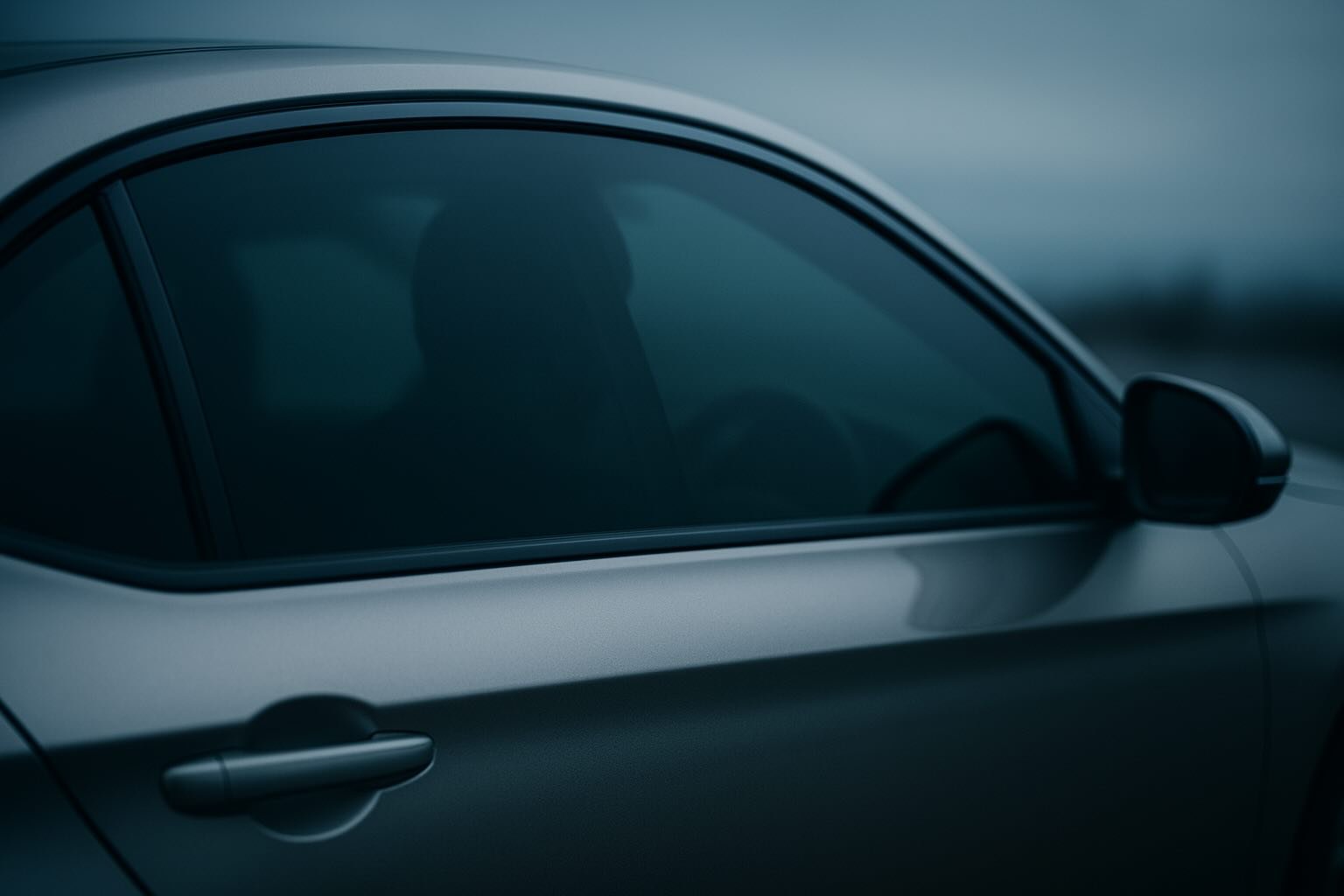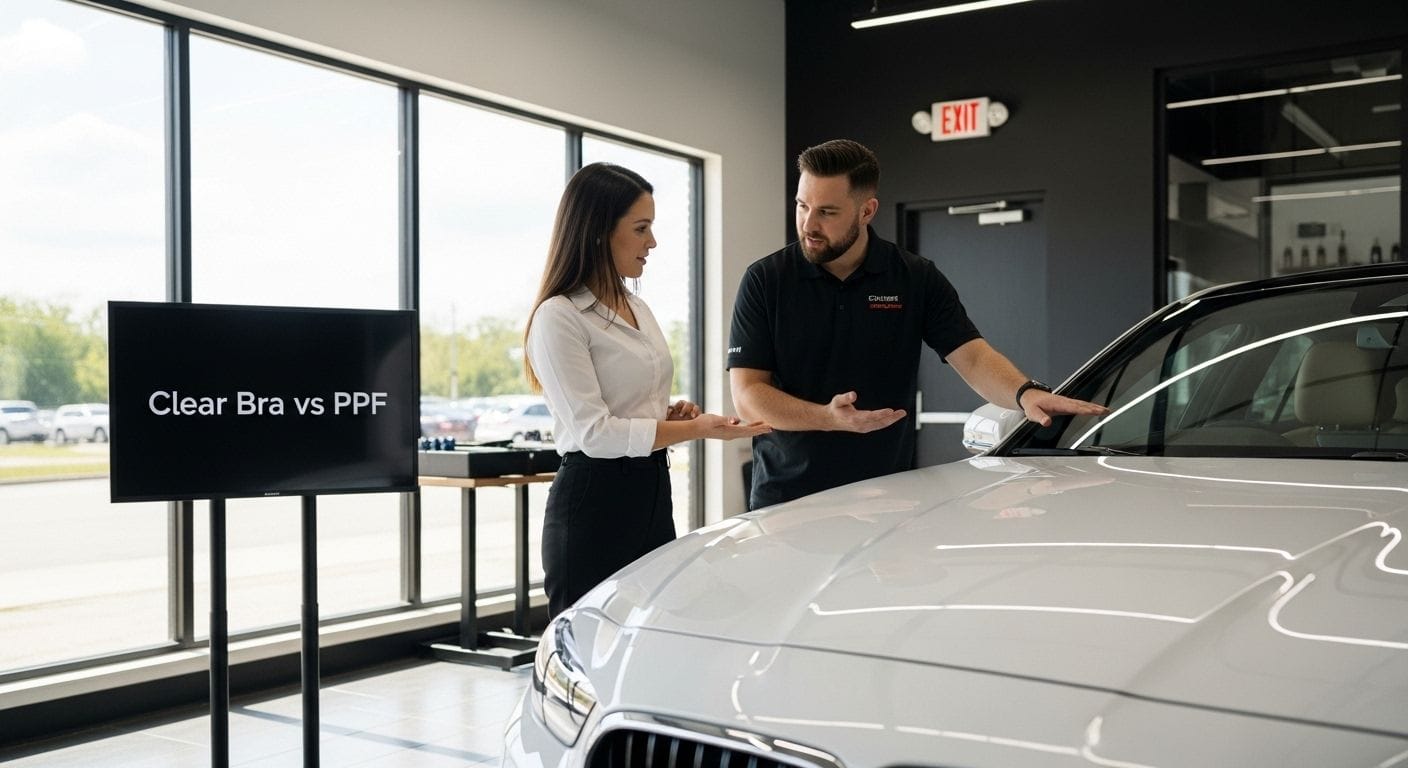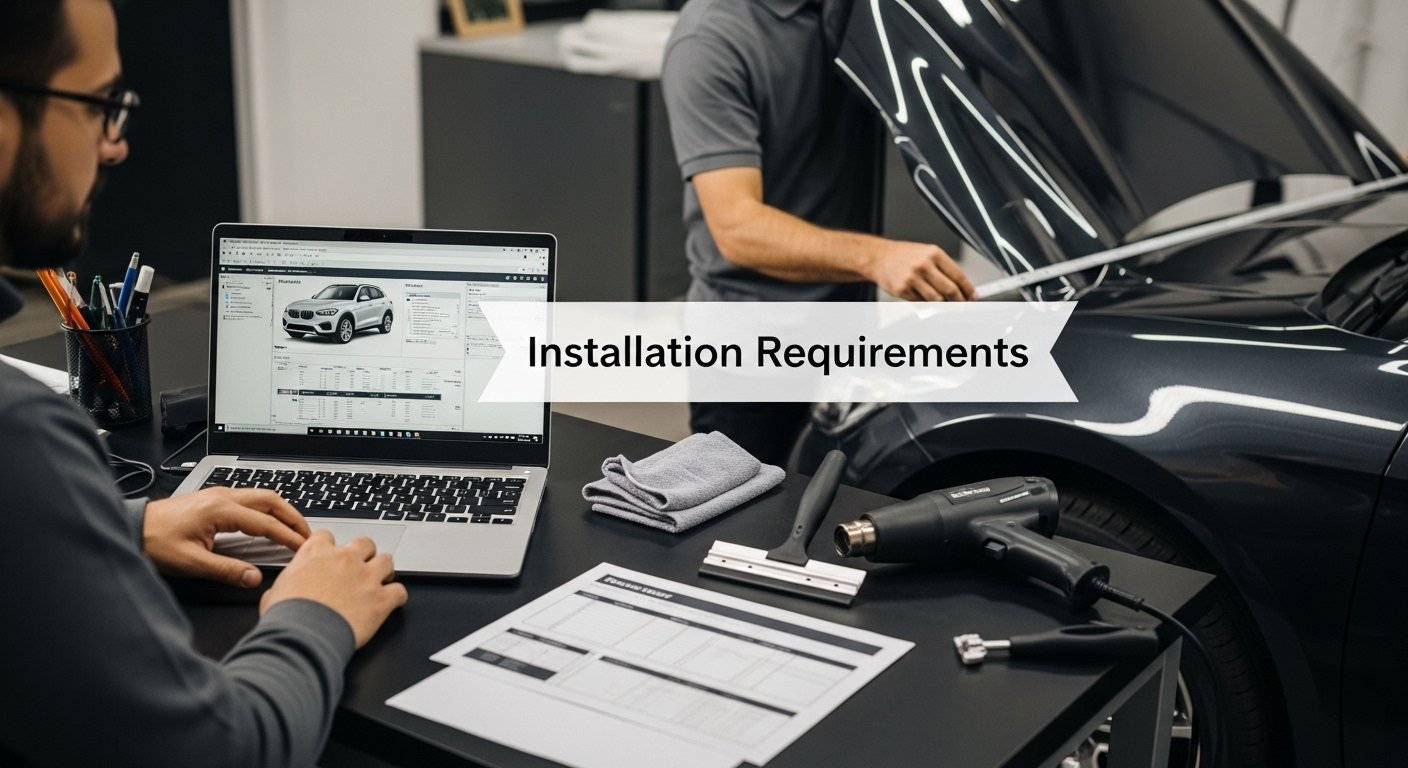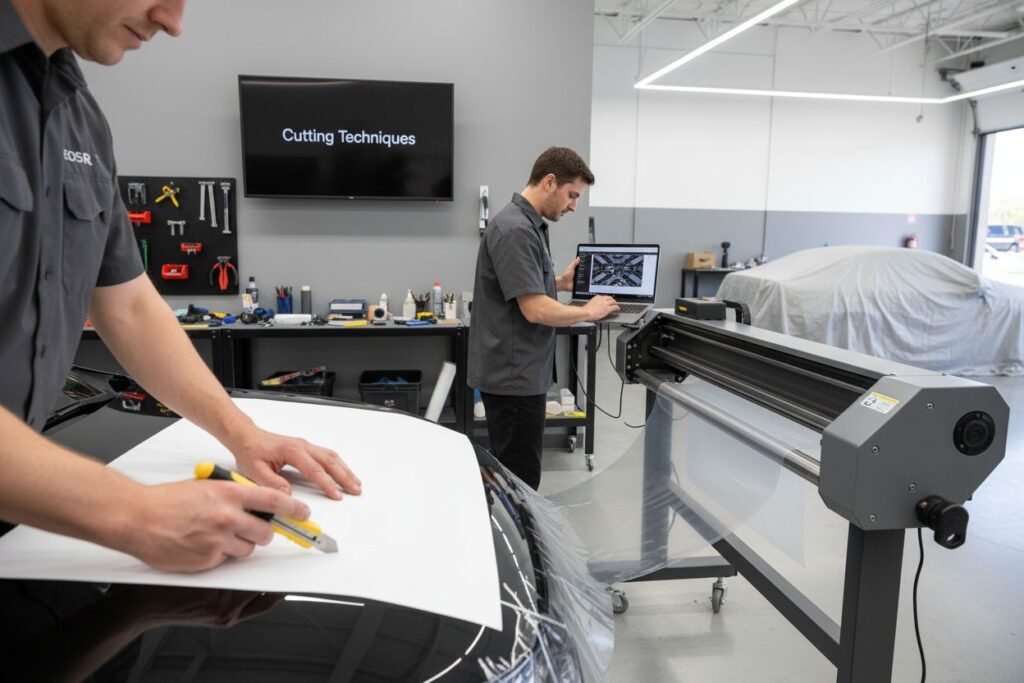
Switching from manual cutting to digital patterns seems like a small tweak in any automotive film shop and yet it changes everything. Installers using digital pattern solutions can reduce their production time by as much as 40 percent. Most believe the biggest difference is speed but the real surprise involves consistency and material savings that manual methods can never match. This quiet leap in workflow makes old routines look costly and slow by comparison.
Table of Contents
- Step 1: Assess Your Current Cutting Techniques
- Step 2: Choose the Right Digital Pattern Software
- Step 3: Set Up the Necessary Equipment for Digital Cutting
- Step 4: Create and Customise Digital Patterns
- Step 5: Test Digital Patterns for Accuracy and Fit
- Step 6: Implement Digital Patterns into Your Workflow
Quick Summary
| Key Point | Explanation |
|---|---|
| 1. Document Your Current Workflow | Track each step of manual cutting to identify inefficiencies and establish a performance baseline. |
| 2. Choose the Right Digital Software | Select software that maximises precision, reduces waste, and supports your equipment and workflow needs. |
| 3. Invest in High-Quality Equipment | Acquire precision plotters and create a stable workspace to enhance digital cutting accuracy and efficiency. |
| 4. Create Custom Patterns Thoughtfully | Use vehicle databases and adjustment tools to ensure patterns fit unique vehicle characteristics before application. |
| 5. Implement Changes Gradually | Introduce digital patterns in phases, ensuring thorough training and performance tracking to maximise benefits. |
Step 1: Assess Your Current Cutting Techniques
Transitioning from manual cutting techniques to digital patterns requires a comprehensive evaluation of your current workflow. Professional vehicle wrap and PPF installers know that understanding existing processes is the foundation for meaningful improvement. Before implementing any digital solution, you need a clear snapshot of your current cutting methods.
Begin by documenting your existing workflow with precision. Track each step of your manual cutting process, from initial measurements to final trim. Time each phase meticulously and record the average duration for different vehicle types and film materials. This documentation will serve as your baseline performance metric and help identify specific areas where digital patterns can generate significant efficiency gains.
Carefully examine your current cutting tools and techniques. Manual cutting often involves multiple templates, hand-drawn patterns, and significant material waste. Installers typically spend considerable time creating custom templates, manually tracing vehicle contours, and managing complex cutting tasks. These labour-intensive processes not only consume time but also introduce human error and inconsistency.
Below is a checklist table to help assess your current manual cutting workflow before transitioning to digital patterns. Use this as a self-evaluation tool to record baseline performance and highlight areas for improvement.
| Assessment Area | Description | Notes/Measurement |
|---|---|---|
| Time Tracking | Record time spent on each phase for different vehicles and film materials | Average minutes per phase |
| Material Waste | Calculate total percentage of wasted material per project | % waste per installation |
| Template Recreation | Number of times templates are recreated for similar jobs | Count per project |
| Pattern Development Time | Measure average time spent developing manual patterns | Minutes per vehicle |
| Error Rate | Note frequency of human errors or inconsistencies | Number per week |
Consider these critical assessment points during your workflow evaluation:
- Precise time tracking for each cutting stage
- Total material waste percentage
- Number of template recreations per project
- Average time spent on pattern development
Professional installers understand that systematic assessment reveals hidden inefficiencies. Read our comprehensive guide on precision cutting techniques to gain deeper insights into optimising your current methodology. By establishing a clear baseline, you create a robust foundation for implementing digital pattern solutions that can dramatically reduce labour time and material expenses.
Successful workflow transformation begins with honest, detailed self-evaluation. Your meticulous documentation will become the roadmap for significant operational improvements, setting the stage for the digital revolution in automotive film installation.
Step 2: Choose the Right Digital Pattern Software
Selecting the appropriate digital pattern software represents a critical pivot point in transforming your automotive film installation workflow. The right software can dramatically streamline your cutting processes, reducing material waste and minimising human error while maximising precision and efficiency.
When evaluating potential digital pattern solutions, professional installers must consider multiple crucial factors. Performance capabilities should be your primary focus, examining software that offers comprehensive vehicle database libraries, automatic pattern generation, and cloud-based updates. Look for platforms that support multiple film types and provide precise pre-cut patterns across various vehicle makes and models.
Evaluate software solutions based on their technical specifications and practical implementation potential. Key considerations include compatibility with your existing equipment, user interface intuitiveness, and integration capabilities with current workflow systems. Sophisticated digital pattern software should offer features like auto-nesting algorithms, which optimise material usage, and customisable pattern adjustment tools that accommodate unique vehicle modifications.
Consider these essential software selection criteria:
- Comprehensive vehicle model database coverage
- Automatic pattern generation capabilities
- Material waste reduction features
- Cloud-based pattern library updates
- Compatibility with existing cutting equipment
Explore our comprehensive guide on creating custom PPF patterns to understand the transformative potential of advanced digital cutting solutions. According to research on automated pattern making, digital solutions can reduce production time by up to 40% while improving overall precision.
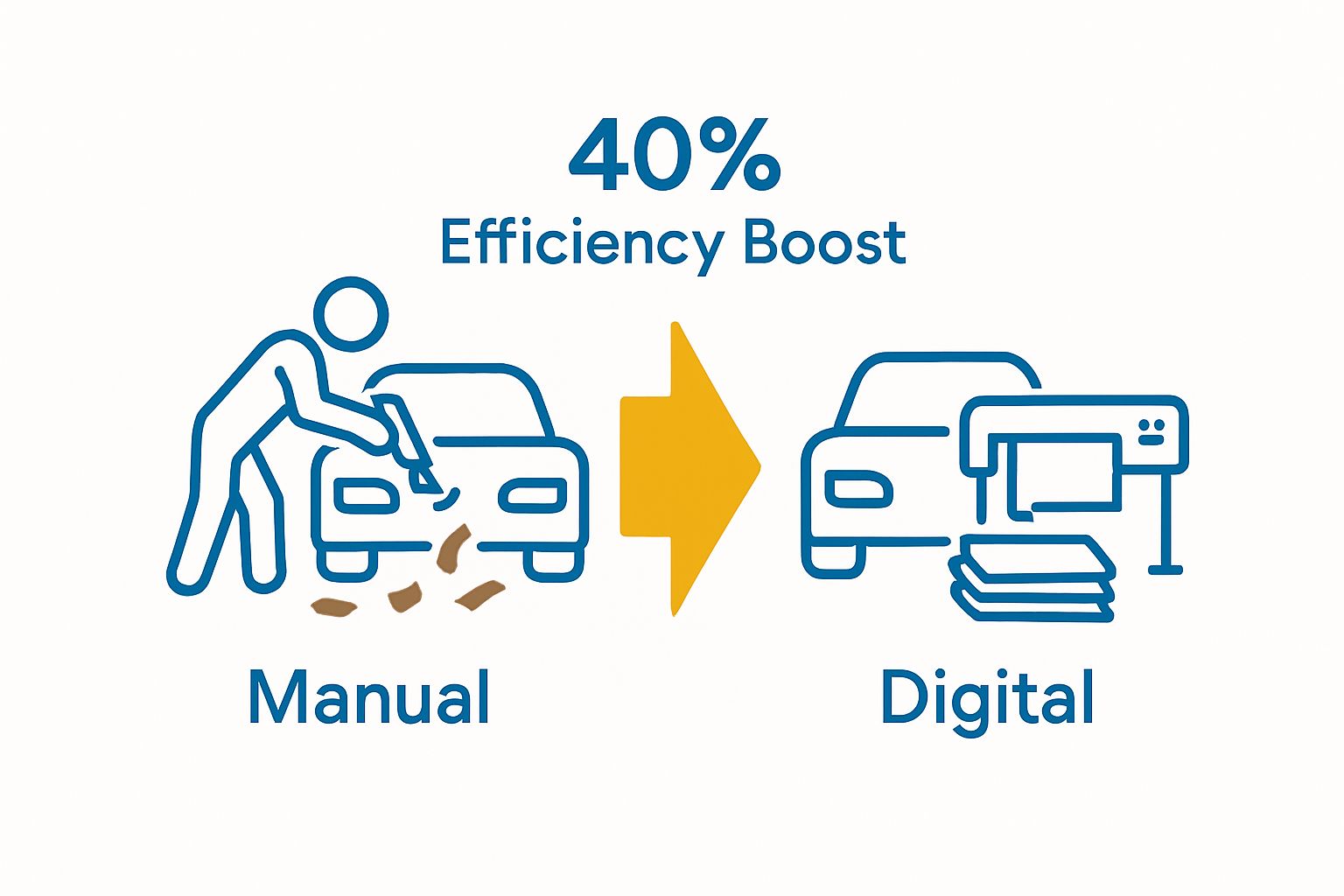
Successful software selection requires a strategic approach that balances technological capabilities with practical implementation. By carefully assessing your specific operational needs and matching them with advanced digital pattern solutions, you can unlock unprecedented efficiency in your automotive film installation process.
Step 3: Set Up the Necessary Equipment for Digital Cutting
Transitioning to digital cutting requires strategic equipment selection and precise configuration. Professional installers must create a robust technological infrastructure that supports seamless pattern translation and high-precision film application. Your equipment setup serves as the critical bridge between digital design and physical implementation.
Plotter selection represents the cornerstone of your digital cutting ecosystem. Modern plotters must offer exceptional accuracy, compatible software integration, and robust material handling capabilities. Professional-grade plotters should support multiple film types, provide precise cutting paths, and maintain consistent performance across various vehicle models. Consider investing in machines with advanced tracking systems, digital calibration features, and compatibility with cloud-based pattern libraries.
Equipment preparation involves more than simply purchasing hardware. You must create a dedicated workspace that facilitates efficient digital cutting processes. This means establishing a clean, well-organised environment with stable electrical connections, appropriate ventilation, and sufficient workspace for material handling. Proper workstation configuration minimises potential errors and maximises operational efficiency.
The table below summarises essential digital cutting equipment and their purpose, guiding you through critical setup considerations for an optimal digital workflow.
| Equipment | Purpose | Key Feature |
|---|---|---|
| High-precision Plotter | Core cutting machine for translating digital patterns | Vehicle-specific accuracy |
| Calibration Tools | Maintain machine cutting accuracy | Regular adjustment capability |
| Climate-controlled Workspace | Prevents film warping and errors | Stable temperature and humidity |
| Comprehensive Material Handling System | Efficient storage and movement of film materials | Supports multiple film types |
| Stable Workstation & Electricals | Ensures uninterrupted workflows | Clean, well-organised environment |
Consider these essential equipment setup considerations:
- High-precision digital plotter with vehicle-specific cutting capabilities
- Stable workstation with appropriate electrical infrastructure
- Calibration tools for maintaining cutting accuracy
- Comprehensive material handling system
- Climate-controlled workspace to prevent material warping
Explore our expert comparison of top plotter machines to understand the nuanced requirements of professional digital cutting environments. According to research on cutting technology, proper calibration and maintenance are essential for achieving precise and repeatable results.
Successful equipment setup transforms your manual cutting workflow into a streamlined, technologically advanced process. By carefully selecting and configuring your digital cutting infrastructure, you create a foundation for unprecedented efficiency and precision in automotive film installation.
Step 4: Create and Customise Digital Patterns
Creating and customising digital patterns marks the pivotal transition from traditional manual techniques to precision-driven digital workflows. Professional installers must approach pattern development as a strategic process that combines technological capabilities with deep automotive expertise. Accurate digital pattern creation reduces material waste and ensures consistently superior film application.
Begin by leveraging your software’s comprehensive vehicle database to select the exact make, model, and year of the vehicle you are working on. Precise initial selection provides the foundational template from which all subsequent customisations will emerge. Your digital pattern should serve as a dynamic blueprint that can be fine-tuned to accommodate unique vehicle characteristics, aftermarket modifications, or specific client requirements.
Customisation requires a meticulous approach that balances automated precision with professional judgment. Utilise your software’s adjustment tools to account for subtle contour variations, ensuring the pattern accounts for every curve and edge of the vehicle surface. Advanced digital pattern software allows real-time modifications, enabling installers to create truly bespoke solutions. Pay special attention to complex areas like door handles, side mirrors, and intricate body lines that demand exceptional precision.
Consider these critical pattern customisation strategies:
- Verify vehicle-specific database accuracy
- Implement micro-adjustments for precise fit
- Account for aftermarket vehicle modifications
- Review pattern edges and complex surface transitions
- Validate pattern alignment with original manufacturer specifications
Explore our comprehensive guide on creating custom PPF patterns to understand the nuanced techniques of digital pattern development. According to research on digital pattern customisation, customizing digital patterns enables precise adjustments that can be consistently repeated across multiple production cycles.
Successful digital pattern creation transforms your installation process from a time-consuming manual task to a streamlined, precision-driven workflow. By mastering these customisation techniques, you unlock the full potential of digital cutting technology.
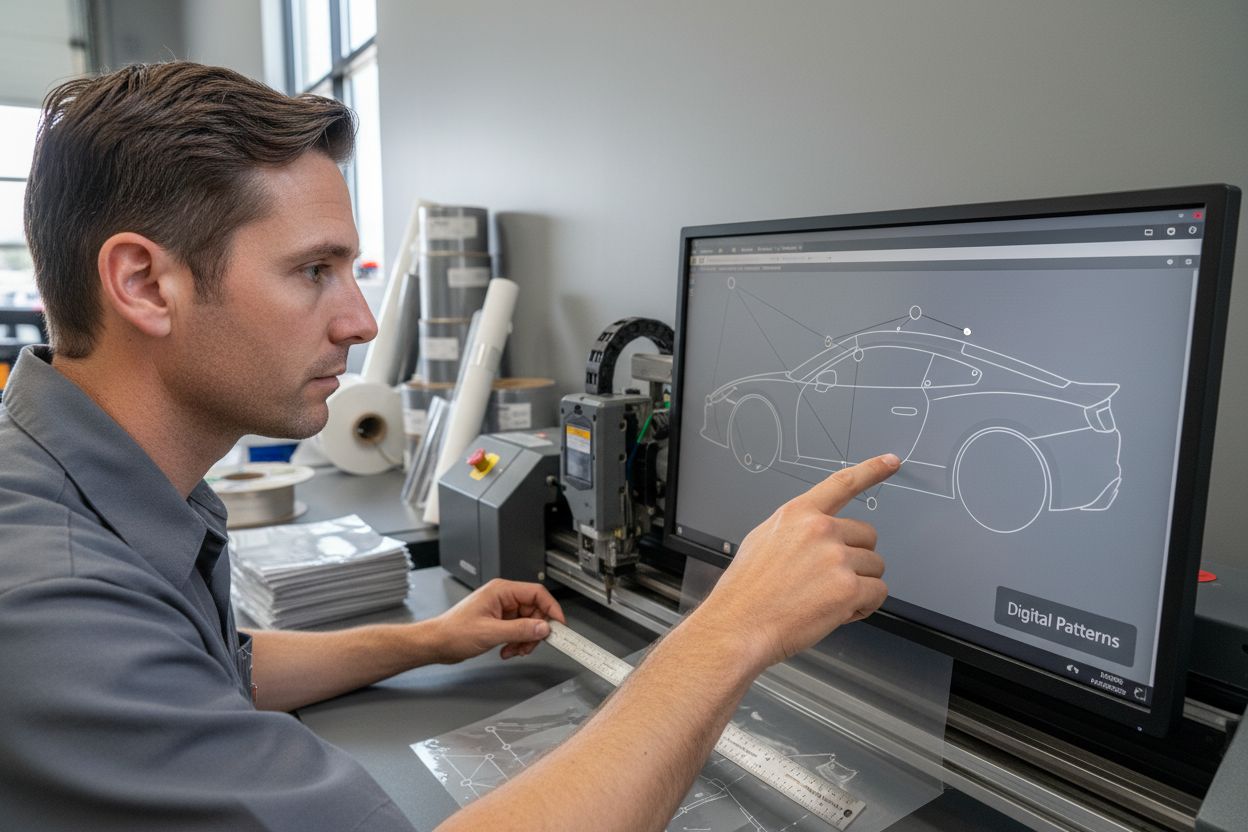
Step 5: Test Digital Patterns for Accuracy and Fit
Testing digital patterns represents the critical validation stage that transforms theoretical design into practical application. Professional installers understand that digital precision must translate seamlessly into real-world performance. This step involves comprehensive pattern evaluation across multiple dimensions, ensuring your digital cutting strategy delivers exceptional results.
Initiate your testing protocol by performing a preliminary dry fitting process. This involves laying out the digitally generated pattern on the vehicle surface without applying adhesive, carefully examining every contour and edge. Pay meticulous attention to complex areas like curved panels, recessed features, and transition zones where precise alignment becomes paramount. Small discrepancies discovered during this stage can prevent significant installation challenges later.
Your testing methodology should incorporate both visual inspection and physical measurement techniques. Use high-precision measuring tools to verify pattern dimensions against original vehicle specifications. Look for potential misalignments, assess edge conformity, and evaluate how precisely the digital pattern accommodates unique vehicle characteristics. Professional installers recognise that rigorous testing eliminates potential material waste and reduces installation time.
Consider these essential pattern testing criteria:
- Exact dimensional accuracy across all pattern sections
- Seamless edge alignment and contour matching
- Compatibility with specific vehicle model characteristics
- Minimal material stretch or distortion potential
- Reproducible cutting precision across multiple installations
Explore our comprehensive guide on custom PPF pattern creation to understand advanced testing methodologies. Successful pattern testing goes beyond simple measurements, requiring a holistic approach that combines technological precision with professional expertise.
The ultimate goal of this testing phase is to establish a repeatable, reliable digital cutting process that consistently delivers superior results. By implementing a systematic validation approach, you transform digital patterns from theoretical designs into practical, high-performance installation solutions.
Step 6: Implement Digital Patterns into Your Workflow
Successful implementation of digital patterns requires a strategic, methodical approach that transforms existing workflow processes. Professional installers must view this transition as a comprehensive system redesign, not merely a technological upgrade. Digital pattern integration demands careful planning, team training, and systematic workflow modification.
Begin by creating a phased implementation strategy that allows gradual adaptation. This approach minimises operational disruption and provides opportunities for incremental learning. Start with a pilot project using digital patterns on a limited number of vehicle installations, carefully documenting performance metrics, time savings, and material efficiency. Your team will need dedicated training sessions that cover not just software operation, but also the underlying principles of digital pattern cutting techniques.
Workflow integration goes beyond technical skills, encompassing broader organisational changes. Establish clear communication protocols that help team members understand how digital patterns improve overall performance. Create standardised documentation processes that capture pattern modifications, track performance improvements, and facilitate knowledge sharing across your installation team. Develop performance benchmarks that allow you to measure the tangible benefits of your digital transformation, such as reduction in material waste, cutting time, and installation errors.
Consider these critical workflow implementation strategies:
- Develop comprehensive staff training programmes
- Create performance tracking mechanisms
- Establish standardised digital pattern documentation
- Design incremental implementation roadmap
- Build continuous improvement feedback loops
Learn more about advanced digital pattern implementation techniques to understand nuanced workflow integration approaches. According to research on pattern cutting technologies, adopting digital pattern systems enables smoother collaboration between design and production teams, significantly accelerating prototyping processes.
Successful workflow implementation transforms digital patterns from a technological tool into a strategic business advantage. By approaching this transition with methodical planning and continuous learning, you create a robust, efficient installation ecosystem that delivers consistent, high-quality results.
Unlock Effortless Precision and Efficiency in PPF Installation
If you are tired of the wasted hours and inconsistent results that come with manual cutting, now is the moment to explore a smarter approach. The article highlighted how switching from traditional methods to digital patterns can lead to a dramatic 40% efficiency boost. Inefficiencies in manual trimming, complex pattern recreation, excessive material waste, and slow adaptation eat away at profits and customer satisfaction. For professional installers and devoted enthusiasts, these challenges are not just inconvenient — they directly impact reputation and business growth. Discover how you can eliminate these pain points with AEONCUT’s advanced PPF pre-cut pattern solutions, designed specifically for your needs. See the precision and consistency of PPF precut pattern options tailored to maximise every sheet and boost your workflow accuracy.
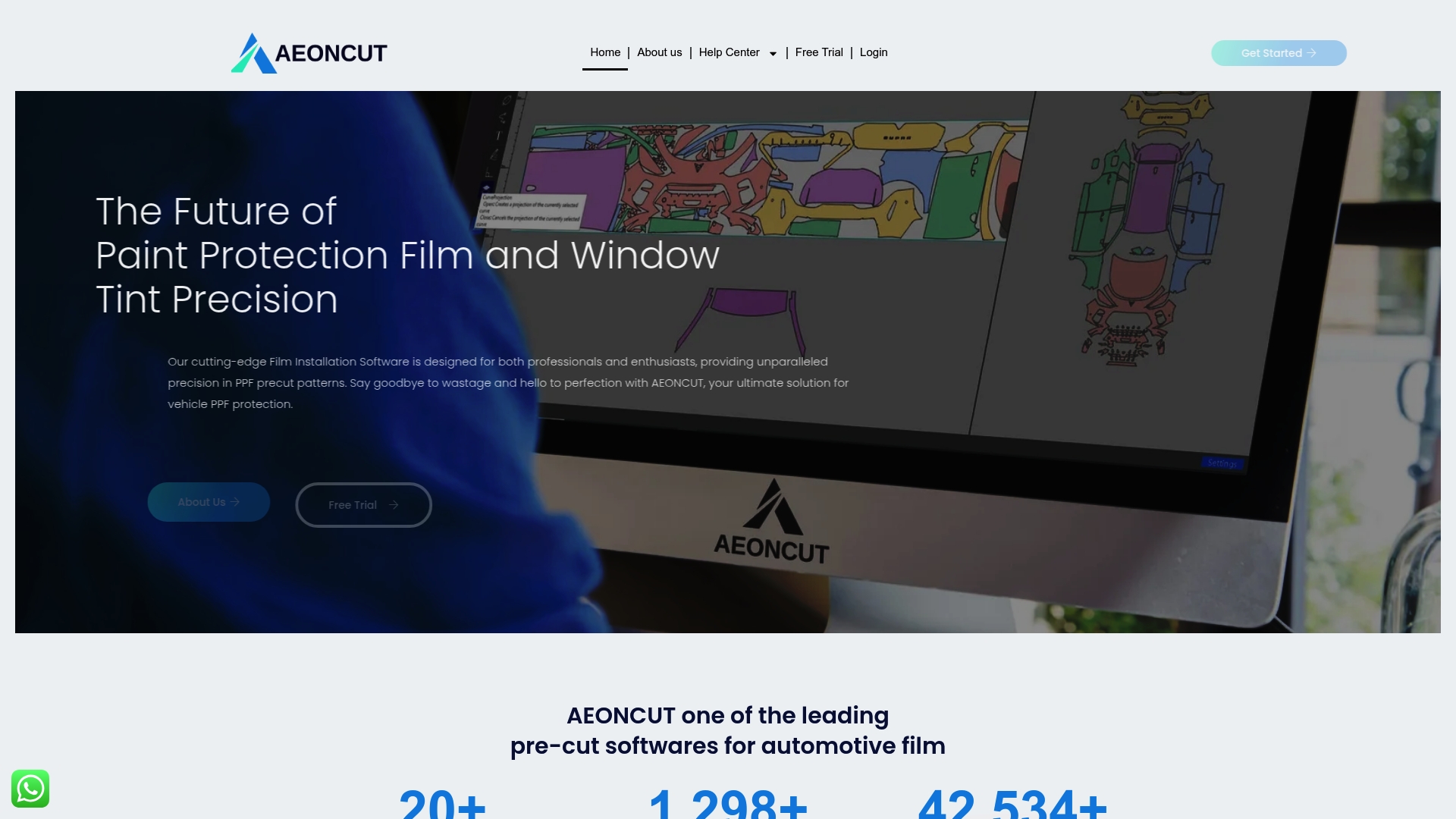
Why let outdated cutting methods limit your potential? Take control with AEONCUT. Experience unlimited digital patterns, cloud updates, and smart AI auto-nesting that translates into real-world savings and measurable improvements. Ready to transform your installation process and see genuine results? Start now at https://aeoncutsw.com or browse our PPF precut pattern category to unlock modern efficiency today.
Frequently Asked Questions
How can I assess my current cutting techniques before transitioning to digital patterns?
Start by meticulously documenting each step of your manual cutting process, tracking time for different vehicle types and materials. This self-evaluation will identify inefficiencies you can address as you adopt digital patterns, helping you set a performance baseline for improvement.
What should I look for when choosing digital pattern software for automotive film installation?
Focus on software that offers a comprehensive vehicle database, automatic pattern generation, and compatibility with your existing cutting equipment. Prioritise features that support material waste reduction and ensure easy updates; this will significantly enhance your cutting efficiency and accuracy.
How do I set up my workstation for digital cutting?
Create a dedicated workspace that allows for efficient digital processes by ensuring a clean environment with stable electrical connections and sufficient ventilation. Proper configuration will minimise potential errors and boost your overall operational efficiency.
What steps should I take to create and customise digital patterns effectively?
Begin by selecting the exact vehicle make and model from your software’s database, then use custom adjustment tools to account for unique contours and modifications. This precision in pattern creation will reduce material waste and ensure a superior fit during installation.
How can I test the accuracy and fit of my digital patterns before installation?
Conduct a preliminary dry-fitting of your digital pattern on the vehicle without adhesive, checking for any misalignments and ensuring precise fitment in complex areas. This validation step is crucial to prevent installation issues later on and can save valuable time and materials.
What is the best approach to implement digital patterns into my existing workflow?
Start with a phased implementation strategy, testing digital patterns on a limited number of projects to gather performance data. Combine this with comprehensive staff training to facilitate a smooth transition, ensuring your team understands both the software and the benefits of the new system.
Recommended
- How to Create Custom PPF Patterns Using Aeoncut: Step-by-Step Guide – AEONCUT PPF Pre-cut Cutting software
- Como crear patróns PPF personalizados con Aeoncut: guía paso a paso: software de corte precortado PPF AEONCUT
- Aeoncut yordamida maxsus PPF naqshlarini qanday yaratish mumkin: bosqichma-bosqich qo’llanma – AEONCUT PPF oldindan kesilgan kesish dasturi
- How to Create Custom PPF Patterns Using Aeoncut: Step-by-Step Guide – AEONCUT PPF Pre-cut Cutting software
- Ultimate Crochet Pattern Organization Guide for Crafters – CRAFTISS


